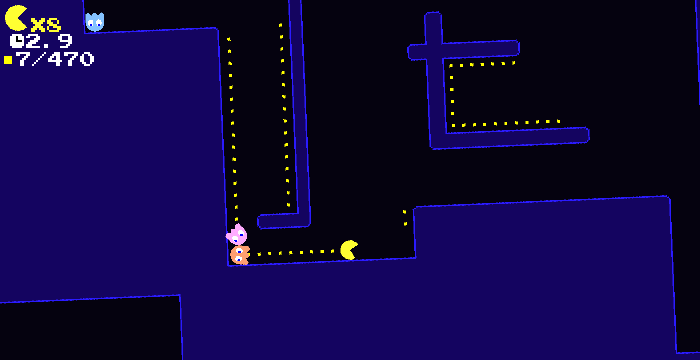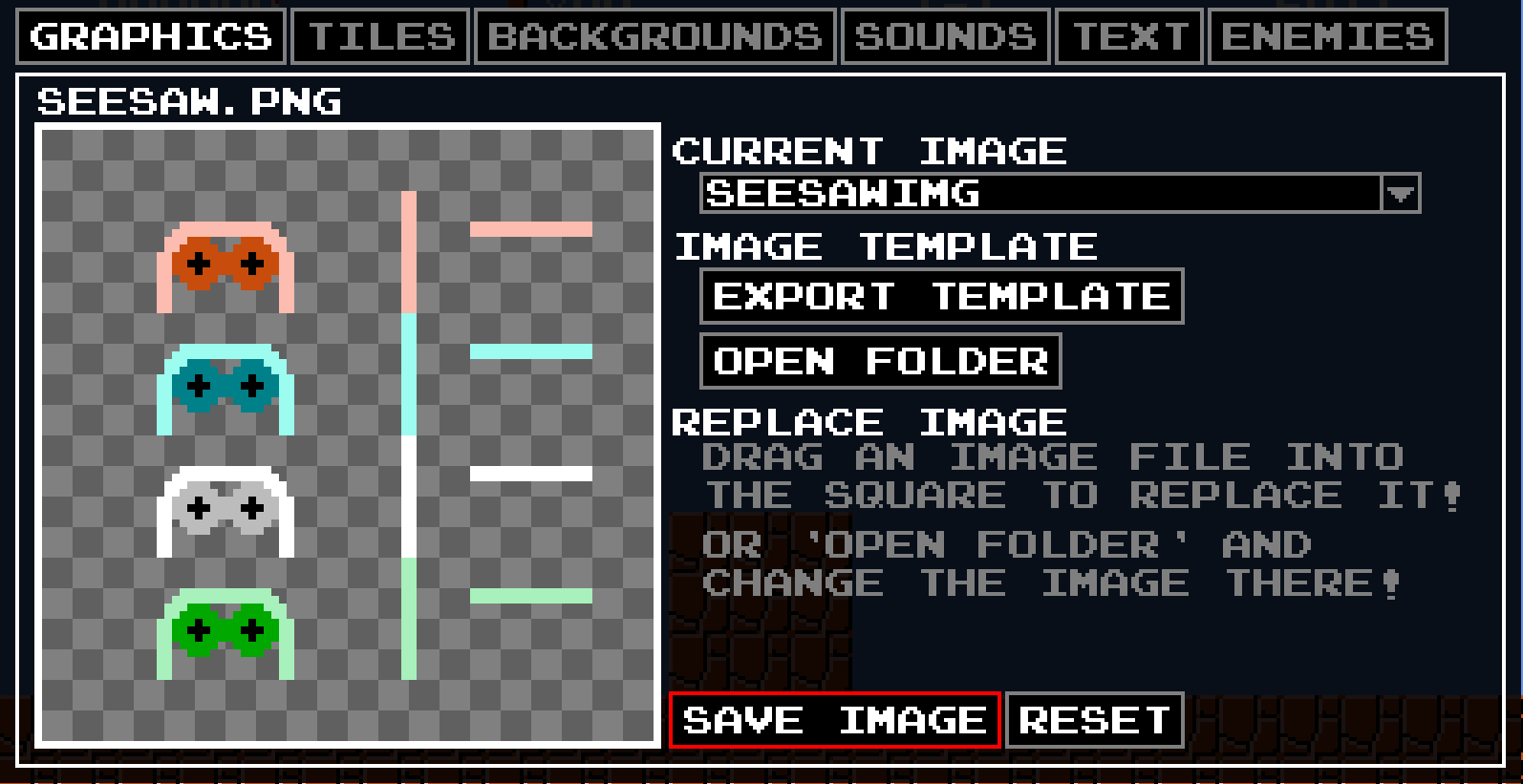

Our forecast is based on the Monte Carlo technique which enables us to take Earth’s rotation into consideration.

In this work, we consider the detection of galaxy-scale lensed GW events under the 2nd, 2.5th, and 3rd generation detectors with the network scenarios and adopt the realistic templates to simulate GW signals. Moreover, realistic GW templates will improve the accuracy of the prediction. Einstein Telescope (ET) and Cosmic Explorer (CE). The joint-detection of GW signals by a network of instruments will increase the detecting ability of fainter and farther GW signals, which could increase the detection rate of the lensed GWs, especially for the 3rd generation detectors, e.g. The event rates of lensed GWs by galaxies were predicted in numerous papers, which used some approximations to evaluate the GW strains detectable by a single detector. Strong lensing of gravitational waves (GWs) is attracting growing attention of the community. Our work demonstrates that it is essential to consider a wide range of allowed models to study double compact object merger rates and properties. Combining the modelled SFHs with the SN Ia rates to estimate constraints on the SN Ia delay time distribution (DTD), we find the data are fit well by a power-law DTD with slope index β = −1.13 ± 0.05 and normalisation A = 2.11 ± 0.05 × 10−13SNeM⊙−1yr−1, which corresponds to an overall SN Ia production efficiency $N_$ and have mass ratios $\lesssim 4$. We use an empirical model of stellar mass assembly to estimate the average star-formation histories (SFHs) of galaxies across the stellar mass range of our measurement.

We find that the SN Ia rate increases with stellar mass as a power-law with index 0.63 ± 0.02, which is consistent with previous work. We recover the known correlation between SN Ia rate and galaxy stellar mass across a broad range of scales 8.5 ≤ log (M*/M⊙) ≤ 11.25. We use a sample of 809 photometrically classified type Ia supernovae (SNe Ia) discovered by the Dark Energy Survey (DES) along with 40415 field galaxies to calculate the rate of SNe Ia per galaxy in the redshift range 0.2 < z < 0.6. We find that Gaussian models best fit the observed data for mean delay times in the range of 2-4 Gyr. We find that models that require a large fraction of "prompt" (less than 2 Gyr) SNe Ia poorly reproduce the observed redshift distribution and are rejected at greater than 95% confidence.

Through a Bayesian maximum likelihood test, we determine which delay-time models best reproduce the redshift distribution of SNe Ia discovered in this survey. As these data span a large range in redshift, they are ideal for testing the validity of Type Ia supernova progenitor models with the distribution of expected "delay times," from progenitor star formation to Type Ia SN explosion, and the SN rates these models predict. These deep observations have allowed us to discover 42 SNe in the redshift range 0.2 < z < 1.6. In cooperation with the Great Observatories Origins Deep Survey, we have used the Hubble Space Telescope with the Advanced Camera for Surveys to cover ~300 arcmin2 in the area of the Chandra Deep Field South and the Hubble Deep Field North on five separate search epochs (separated by ~45 day intervals) to a limiting magnitude of F850LP ≈ 26. We present results from the Hubble Higher z Supernova Search, the first space-based open field survey for supernovae (SNe).


 0 kommentar(er)
0 kommentar(er)
